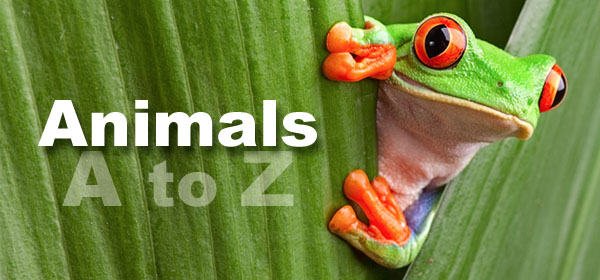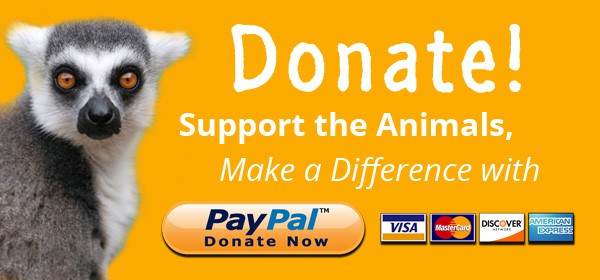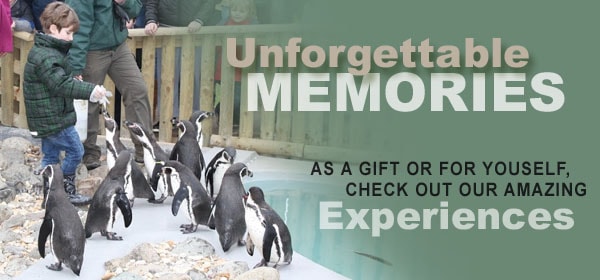This week, I wanted to show you how we zookeepers get creative by turning everyday, unwanted household items into exciting enrichment for our animals. You might be surprised to learn that what you see as rubbish is absolute gold dust to us!
From old water bottles to cardboard boxes, these simple items can make a world of difference in keeping our animals mentally and physically stimulated. I often find myself bringing in old lunch boxes from home or hoarding cardboard boxes (much to my boyfriend’s delight!).
So in this blog I’ll be sharing some of the fun and inventive ways we use these items around the park and how you can help by donating anything you no longer need, or even suggesting something new we haven’t tried yet.
Firstly, I will start with some good classics: paper and cardboard. With these materials we are able to produce such a wide range of enrichment items and for a variety of animals. Here is just a few things we can make:
- Paper Parcels – we can hide food in paper parcels so that the animals can rip them open and get the food in the middle. Great for the apes, as this extends feeding times and keeps them mentally stimulated. Some of you might have spotted this recently in our social media posts from Awan’s baby shower.
- Egg Cartons – similar to paper parcels, but the cardboard is a bit thicker and sometimes tricker to work out so, encourages more problem solving.
- Cardboard Boxes – great for hiding items such as animal bedding. The tigers especially love smelling out and working out what’s inside.
A big thank you to everyone who already donates these, it certainly makes our day when we see a bag full of toilet tubes!
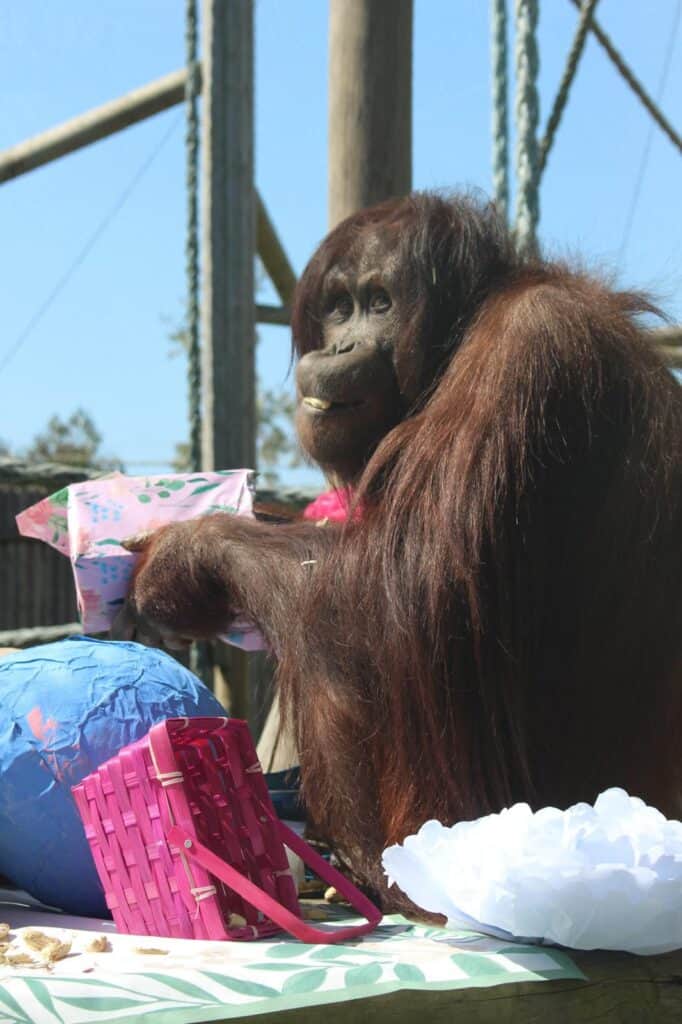
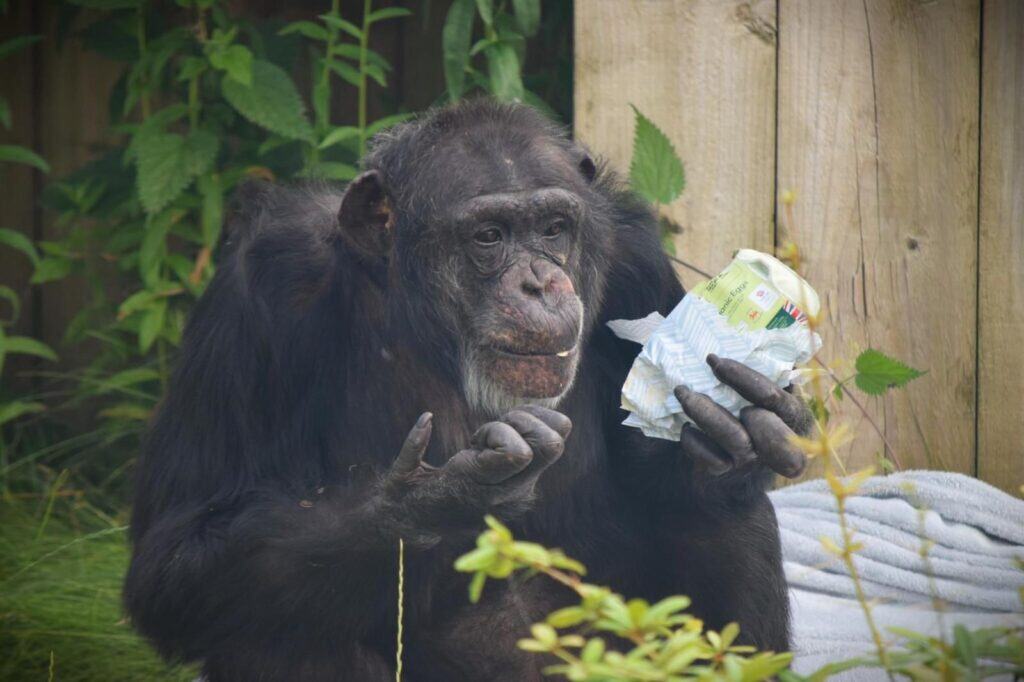
Next, I want to talk about water bottles. As a giraffe keeper this is especially exciting. Bottles can make excellent slow feeders. With just a few drilled holes and some wire to hang them, these feeders mimic natural browsing behaviour. The giraffes must use their extremely long tongues to encourage their food out the bottle, promoting positive mental stimulation and a decrease in stereotypical behaviour. Here is an image of Henry the giraffe using one of our bottles during his daily feed of browser pellet.
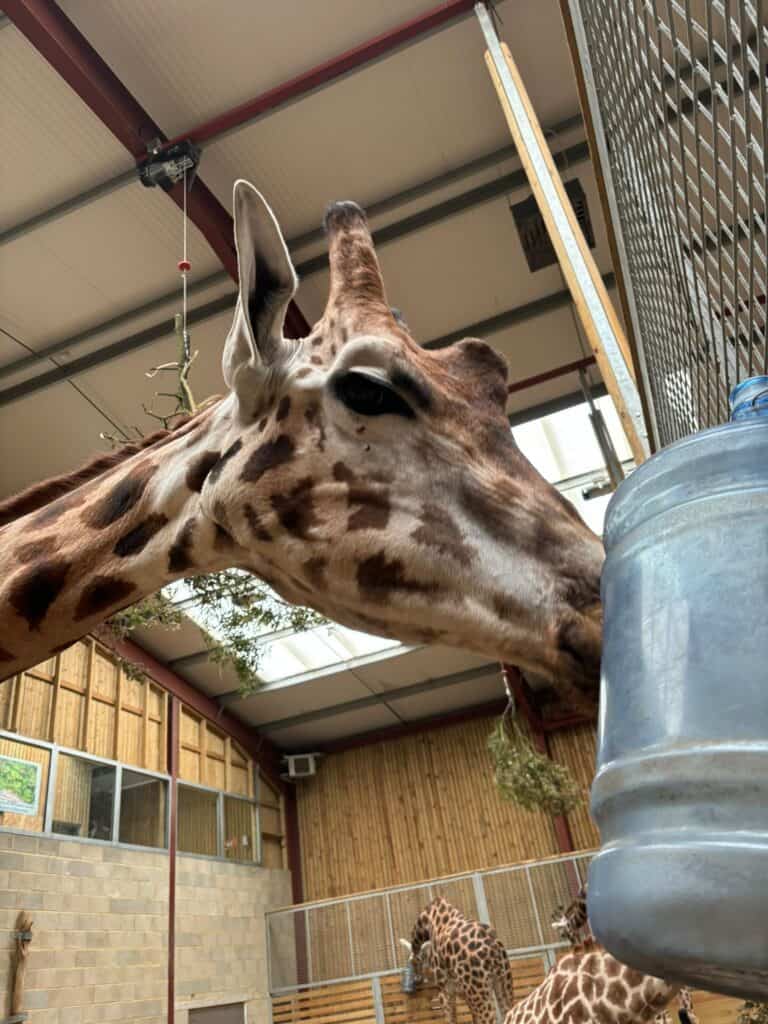
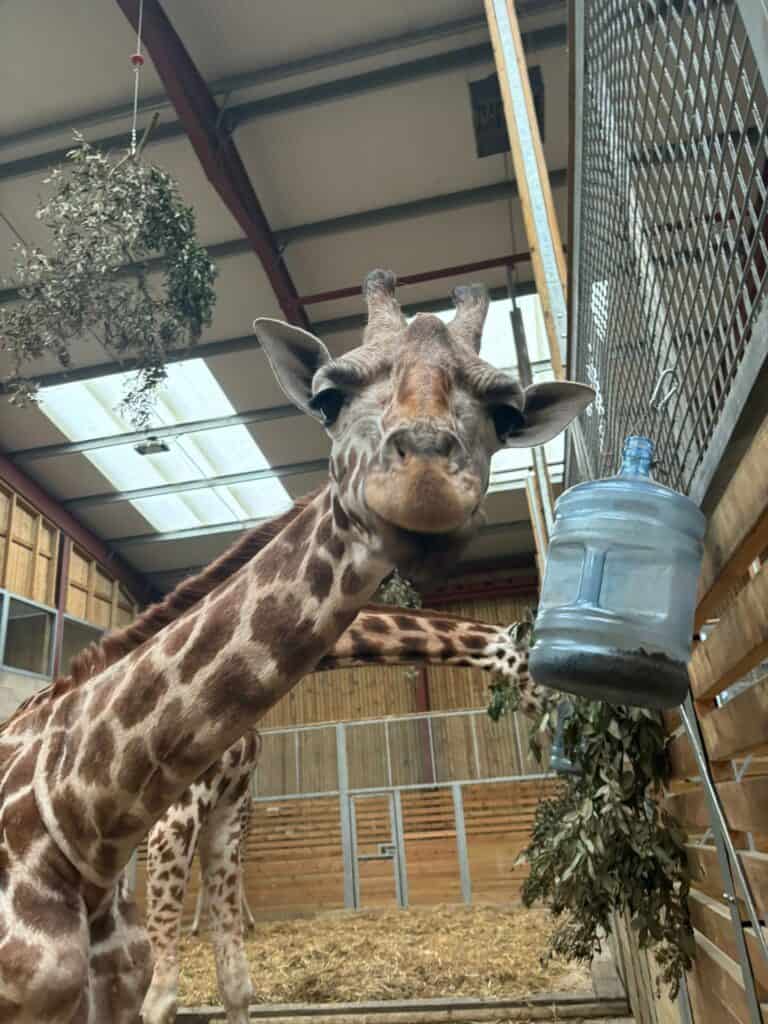
Smaller animals benefit too. When we drill tiny holes into bottles and fill them with treats, the animals have to roll and nudge them around to get their food. This is particularly enriching for the small primates.
During my recent work trip to BIAZA’s Mammal Working Group Conference, I learnt about how other collections have used old lunch boxes to create slow feeders for their giraffes. This is something that I wanted to try out myself. It’s also amazingly easy to make, all that it needs is a board, sandwich boxes, some clips, and a drill to make the holes. With this we are able to put browse and pellets inside so the giraffes can use their tongue to scoop it out. So far the giraffes have loved it and we’re already thinking about how to adapt this idea for other animals!
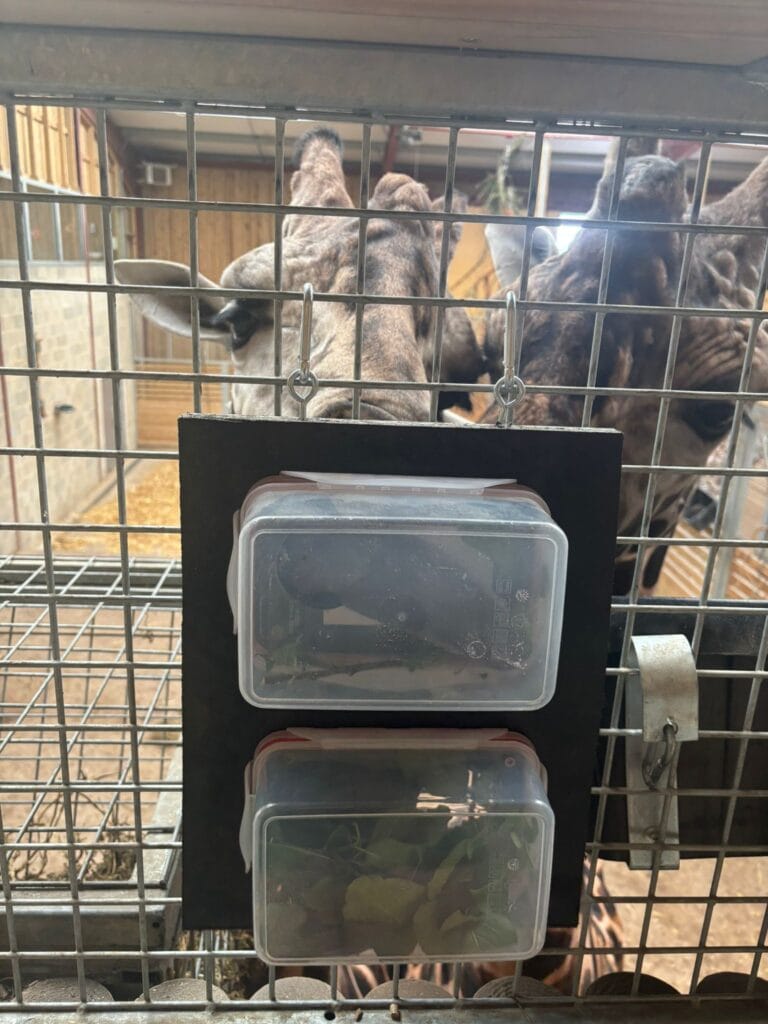
Next we have old firehose. These are often donated to us when they are no longer usable for firefighting. Firehose is strong, durable and very flexible so that you can manipulate it however you’d like. We have been able to make hammocks out of these, which the monkeys particularly like lounging on, and feeders, where we are able to stuff food inside such as hay, veggies and browse. This is especially great for the tapirs, we can plait the firehose, hang it inside their enclosure, and then poke browse through the holes. Being browsing animals its beneficial for the tapirs to be able to reach up to grab the browse just like they would in the wild.
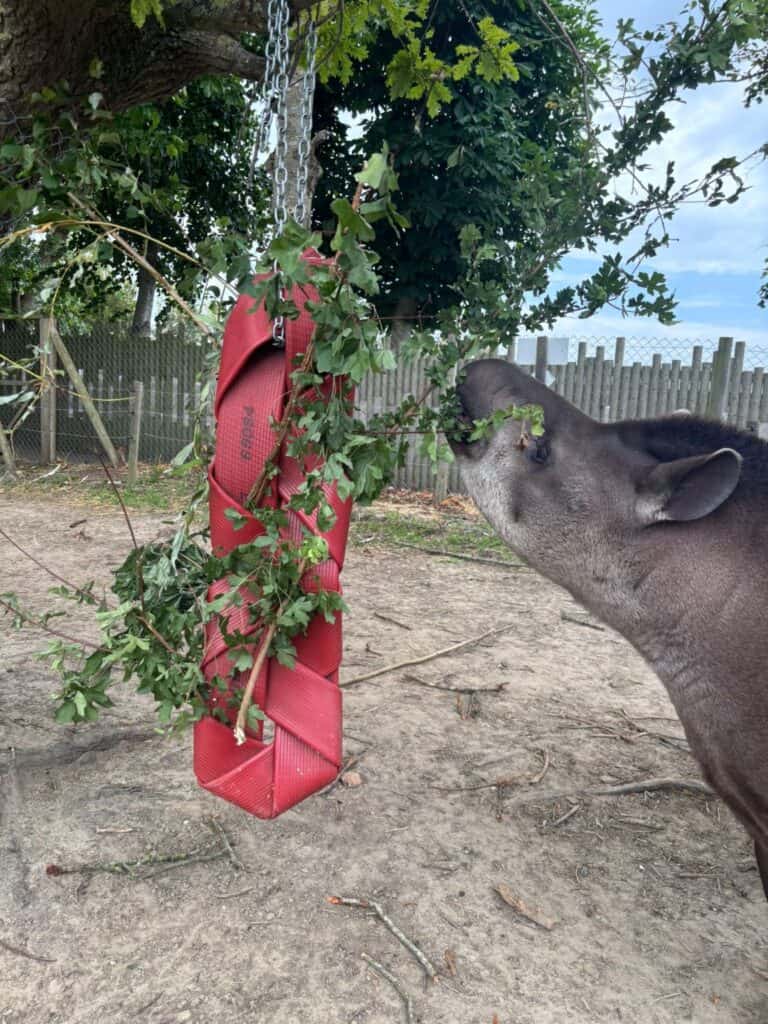
Lastly we love using ball pit balls. Often, kids grow out of ball pits and you are stuck with the balls clogging up your loft. However, some of our animals love them, even in their old age. One special mention is the meerkats. These natural foragers spend most of their day digging for insects, so we simulate that behaviour by filling tubs with ball pit balls and scattering in mealworms. The meerkats dig through the balls to find their tasty rewards, often launching the balls across the enclosure in the process.
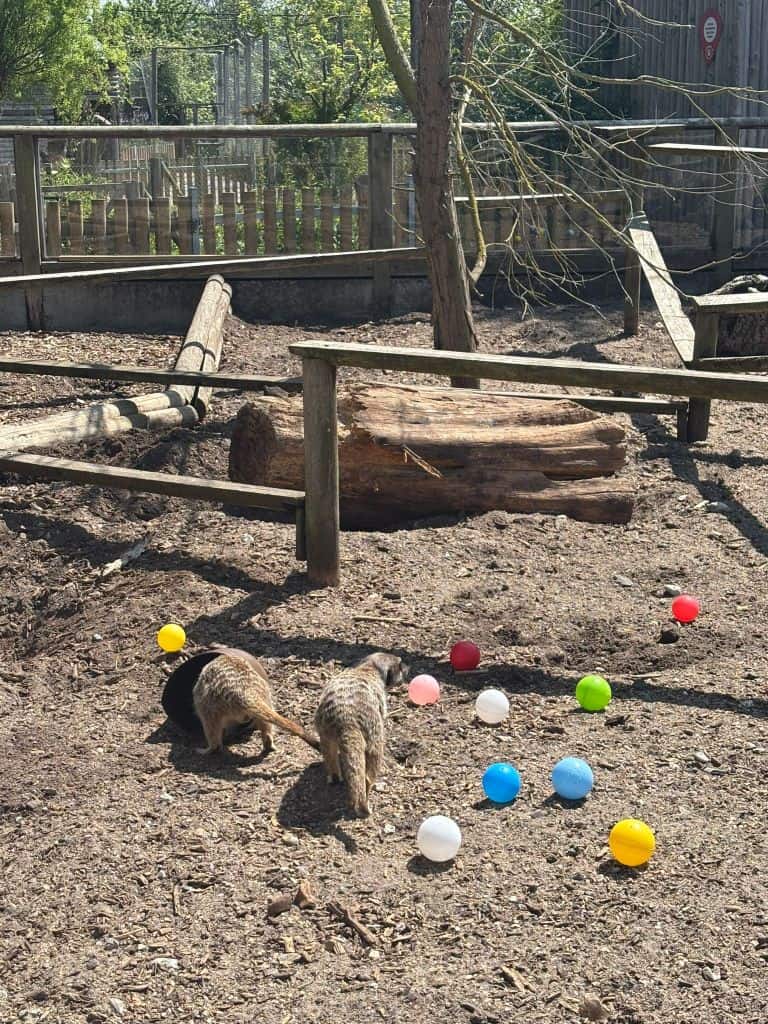
By Meghan, Deputy Head of Mammals
